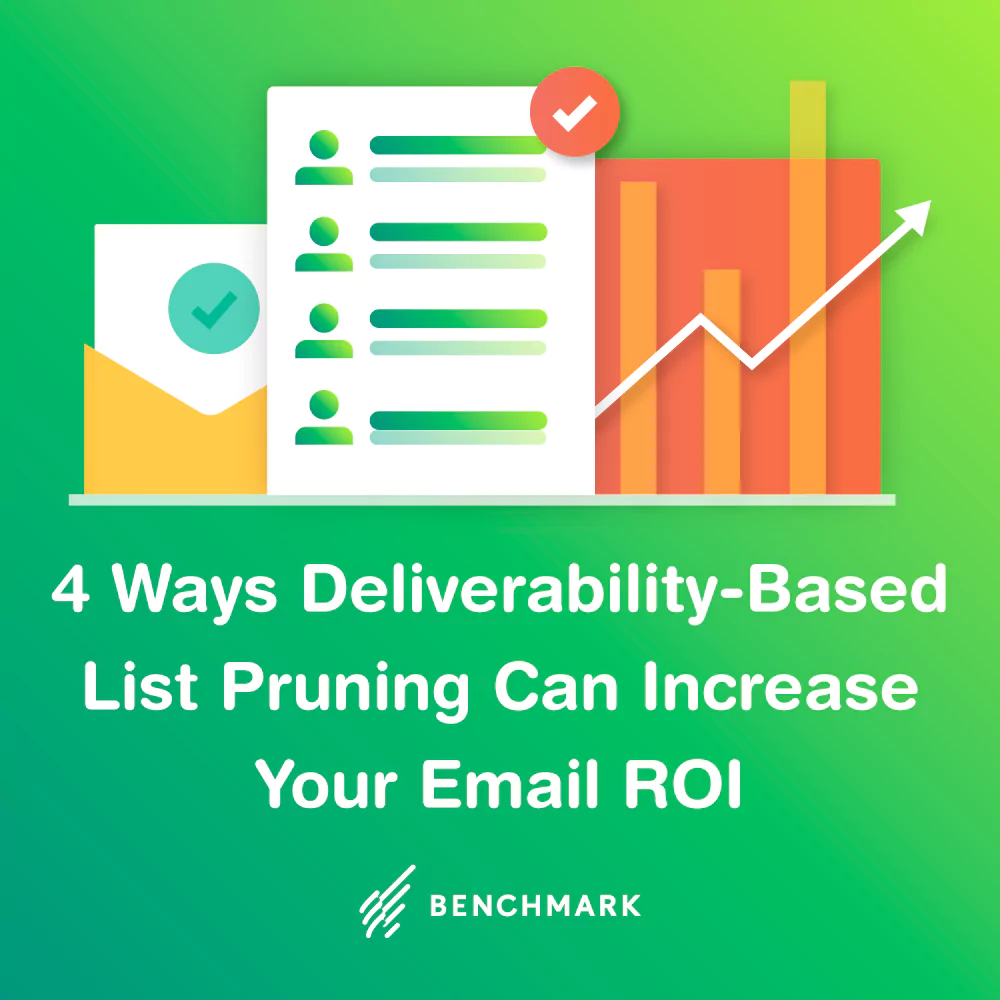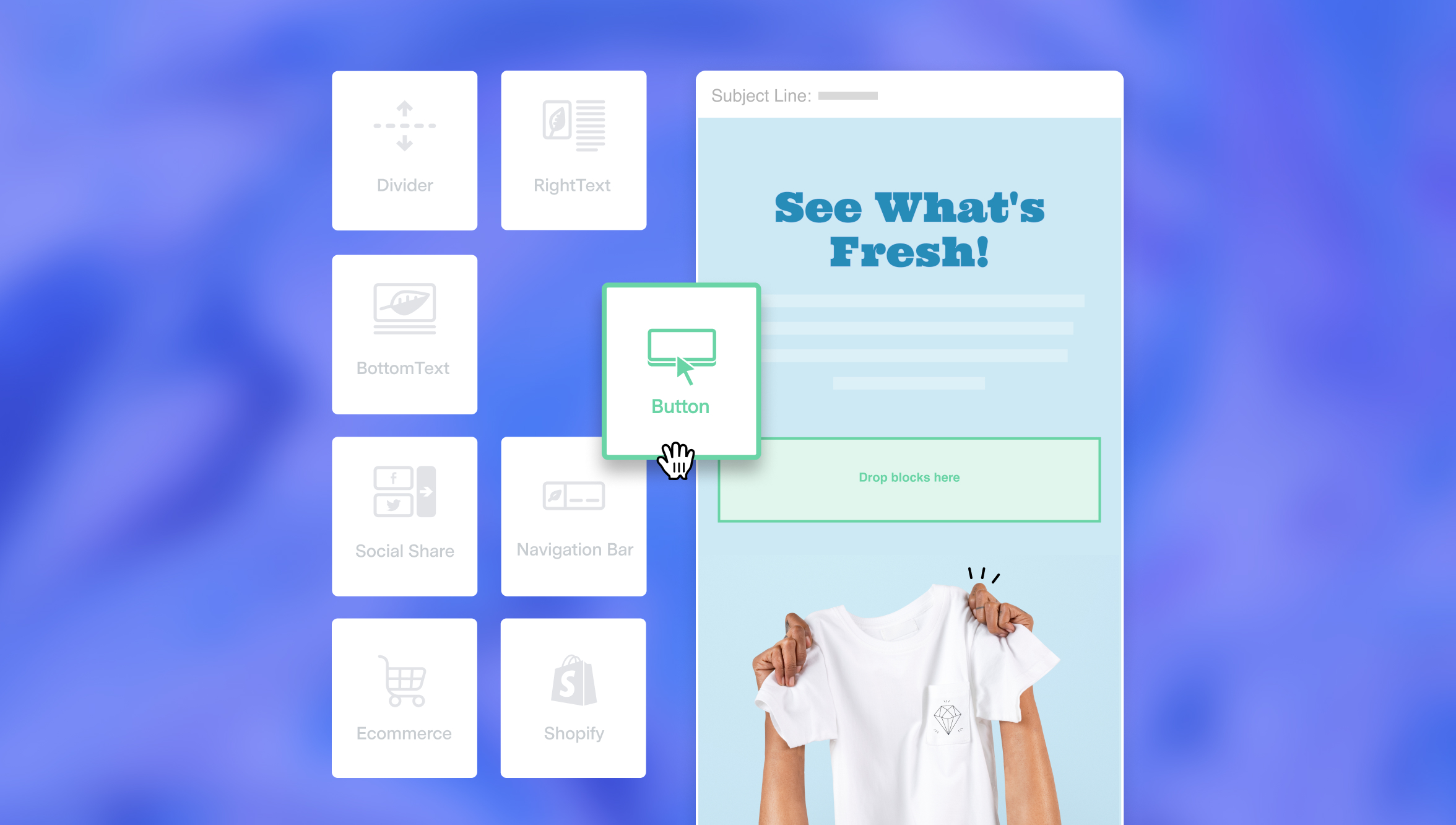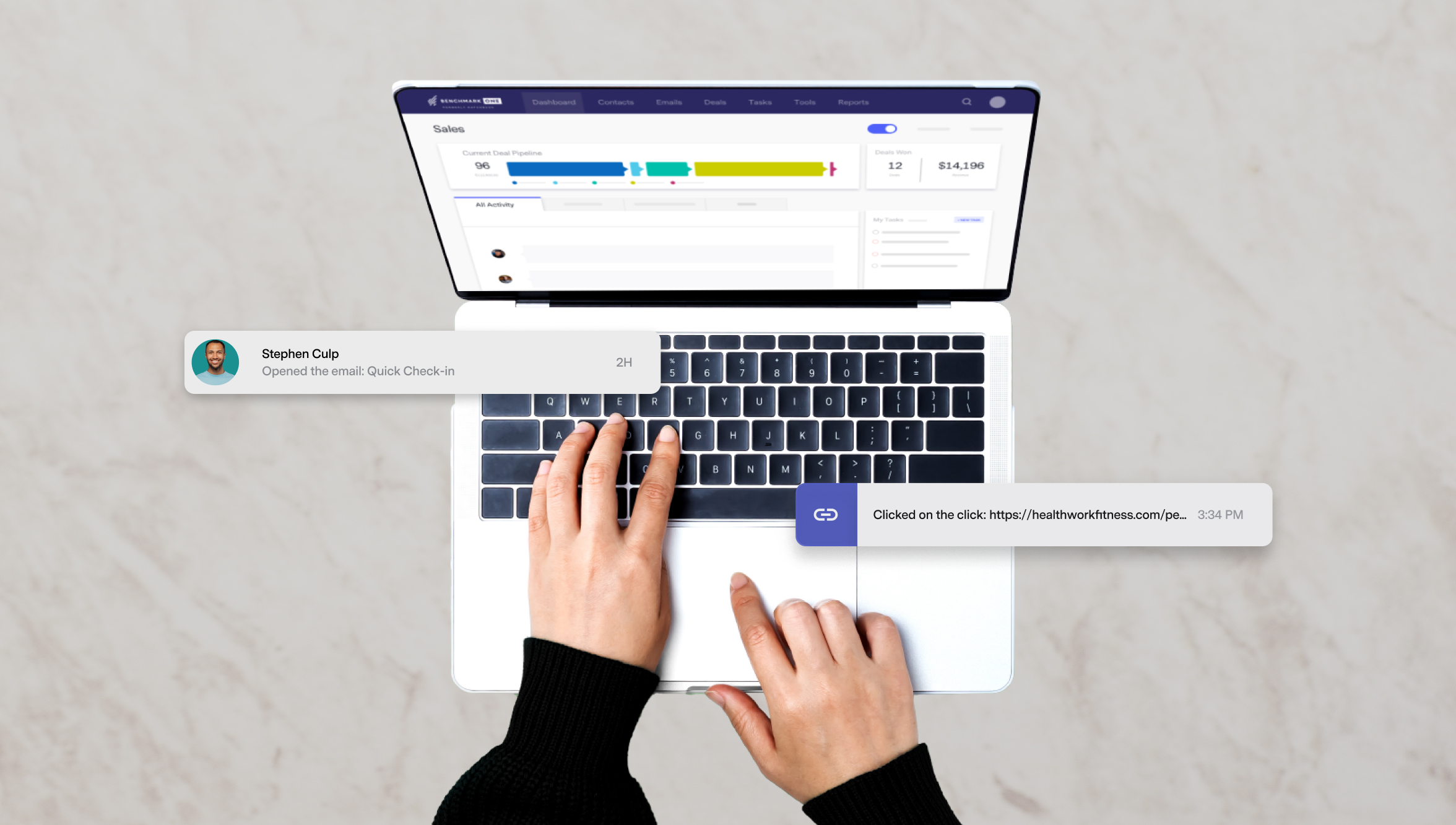4 Ways Deliverability-Based List Pruning Can Increase Your Email ROI
December 4, 2019 6 min read

Email list cleanup can be a scary thing. As marketers, we understand that our contacts are our currency, and we work hard to grow and maintain our database. But over time, especially with a database that is older or managed across multiple teams or departments, data quality issues can take a chunk out of our bottom line if sender reputation and deliverability begin to dip.
So we’re left to figure out the best solution, faced with the challenge of cleaning up our email lists without missing out on opportunities for future engagement. We know we should prune our list, but we can’t go lopping off vast segments indiscriminately. For example, when tasked to shape up an email database before a more massive send or when preparing for data migration. But no pressure, though.
An industry “best practice” is to prune your email list based on how long it has been since the subscriber has interacted with your email. However, the timeframe used as criteria for determining whether a subscriber is active or inactive can be arbitrary, leave opportunities on the table, and can be debatable among marketers in an organization. After all, there is data to suggest that sending emails to a deliverable subscriber can still have a positive effect without an open or click.
Instead, a better place to start is by using the deliverability-based method to begin the pruning process.

What Is Deliverability-Based Pruning, Exactly?
For those looking for a more concrete way to identify and prune low-quality subscribers beyond historical opens and clicks, deliverability-based pruning can be a good starting point for increasing email ROI. It involves three necessary steps:
- Identify what your organization considers a quality address based on your goals and the context in which the emails are collected. For example, some companies will only accept company emails while others are perfectly fine with collecting emails from free services such as Google or Yahoo.
- Verify the quality of your email addresses by determining deliverability. This can give insight into how likely you are to reach the recipient’s inbox.
- Part ways with the undeliverable email addresses on your list, as well as any, addresses your company considers to be low-quality.
And while not always the most exciting, jump-for-joy project to take on, deliverability-based pruning is one of the simplest ways to see your email ROI climb after it’s implemented. Particularly in four ways:
1. It Can Uncover Risky Data That’s Muddling Your Marketing Database
If you’re going to roll up your sleeves and start cleaning your marketing database, the first thing to do is to separate the junk from the valuable stuff. Easier said than done, though, if you’re facing off with a heap of emails that are aren’t verified or validated.
Verification services like Kickbox give you insight into your marketing database health by classifying email addresses and uncovering information about an email address’ deliverability and overall quality. Data champions can use these categories as “bins” to help with decision making on what to keep and what to prune. The categories uncovered by Kickbox are:
- Deliverable – Safer to send. The recipient’s mail server stated the recipient exists.
- Accept-all – Risky. The domain accepts all email you to send to it, even if the email address is not valid
- Disposable – Risky. One-time email addresses often used to receive initial communications from a service (such as an activation email) and then are discarded.
- Role – Risky. An email address that is associated with a team or job function instead of an individual.
- Free – Potentially risky. Free email such as Yahoo or Gmail, in specific contexts, businesses can receive better open/response rates when only sending to non-free email addresses.
- Undeliverable – Low-quality. The email address does not exist or is syntactically incorrect.
Once you have your email addresses organized by quality and deliverability, any low-quality candidates for list pruning are now in plain sight, and deciding which segments to pare down becomes a lot easier.
2. It Can Boost Your Sender Reputation and Trustworthiness With Your ESP
A strong sender reputation will help you reach more subscribers and ultimately make your email marketing more effective over the long-term, so it’s safe to say that it’s in a marketer’s best interest to protect it by maintaining quality data.
Not to mention, Email Service Providers and messaging platforms don’t want poor data entering their pool and potentially damaging their IPs. Poor sender reputation not only decreases your ability to reach the inbox but in more severe cases, can lead to blacklisting (yikes).
While deliverability and reputation are multifaceted issues, one of the most fundamental ways to maintain a strong sender reputation is to ensure that only quality, opt-in email addresses are making their way into your marketing stack. No purchased lists or scraped data!
Whether it be through integrations, point of capture API, or manual list upload, monitoring the health of the email addresses coming into your database is a surefire way to build on your relationship with subscribers and email providers alike.
3. It Can Feed Better Data Into Your Marketing Stack
You can’t employ even the most well-built campaign on a foundation of questionable data and expect it to work. Put bluntly; if you put crap in, you’ll get crap out. That’s why keeping tabs on the quality of both legacy new email addresses in your database is essential.
Letting go of bad emails and sending only to a list of verified, real email addresses can have a “halo” effect on higher-level marketing automation and email subscriber journeys. Strategically paring out contacts from your email database can increase the percentage of delivery receipts and reduce hard bounces. Reducing hard bounces can increase your sender reputation. Increasing your sender reputation can improve your inbox placement, creating a virtuous cycle of better engagement rates and, eventually, ROI.
To get the most out of this “halo” effect, we recommend employing two methods of email verification for a one-two-punch:
- List verification – verifying via manual list uploads (ideal for legacy contacts)
- Real-time API verification at the point-of-capture
4. It Can Help To Recapture Lost Value
We spend a lot of precious time and money on building and deploying our marketing, but often those efforts go into the ether of wrong email addresses, which is sad. Cue the violins.
On the front-end, it’s possible to cut down bad data at the point of capture. Every fat-fingered email address is a missed opportunity to connect with a new potential new customer when all that was needed was a simple error message or “did you mean” suggestion to prompt the user to correct the email address. And if you are gathering higher volumes of email addresses every month through your signup forms, calculating ROI for real-time verification is easy once you know the lifetime value of your email addresses.
On the back-end, verifying lists like unengaged subscribers or other deliverability-unknown lists can prevent wasted marketing dollars.
For example, some marketers would assume that all bounces should be removed; however, some of those soft-bounced addresses may now be entirely deliverable and, therefore, potentially profitable. We recently verified a list of bounces from a sub-list of our users and found that nearly one-third of the email addresses were now deliverable.

The only profitable email address is a deliverable one, so covering your bases by verifying at different stages in the customer lifecycle journey is an excellent way to get the most out of your marketing efforts.
Cleaning email data and calculating email ROI aren’t always the sexiest topics to address with the marketing team, nor are they the simplest to analyze. But by being equipped with the correct deliverability data, the pruning process can be a lot simpler, helping you to maximize your marketing dollars and making you a database hero within your organization.






